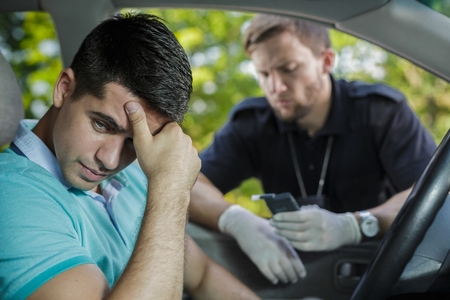
What to do (and not to do) in the event of an auto accident.
Whether it’s January or July, the risk for an accident is always present when we have to hit the roads.
If you happen to be involved in a crash, here’s what you should do, and not do.
Do…
- Remain calm– Hopefully, you are uninjured and able to get out of your vehicle to start the process of documenting the accident. In any case, it is important that you remain calm and focused on the next steps.
- Call 911– If anyone is injured or damage to vehicles or other property appears to be significant, call 911 and follow the dispatcher’s instructions. If no one is injured and damage seems minor, you will likely be instructed to report to a Collision Reporting Centre.
- Document every detail– Get everyone’s info. This includes the name, address, phone number, license plate, driver’s license number and insurance information of the driver, and also the names and contact info of all passengers and witnesses.
- Fill out an accident worksheet– You should keep an accident worksheet in your glove box so that you don’t forget to write down important details. (If you don’t have a hard copy with you, you can reference an online worksheet provided by FSCO.)
- Photograph the scene– Use your phone or digital camera to document the scene from several angles, ideally before the vehicles are moved off the road. These photos could prove invaluable to you and your insurance company during the claims process.
- Move your vehicle– If your vehicle can still be driven, move it out of the roadway. Otherwise, turn on your hazard lights and set up cones, warning triangles or flares if you have them.
- Report the accident to your insurance company– You should do this as soon as possible. If you’re deemed not at fault, your insurance rate won’t go up, so there is no sense in delaying your claim.
Do not…
- Keep on driving– This one’s obvious, but in case you didn’t know, you may be subject to prosecution if you fail to stop at the scene of the accident.
- Apologize or take the blame– Apologizing to the other motorist may come back to bite you when fault is assigned. Sure, a little compassion never hurt anyone, but try to resist the admirably Canadian urge to say “sorry”.
- Argue with the other motorist(s) involved– What’s done is done and arguing will not accomplish anything.
- Try to negotiate– Unless the damage to all property is negligible, don’t try to keep the accident off the books by offering to settle in cash. For one, what looks like relatively minor damage is almost certainly a lot more expensive than you think. (I once learnt of someone who dented a rental Buick’s rear plastic bumper – that was a $1,200 repair and paint job.)
- Move someone who’s injured– In the unfortunate event that someone is injured, let the emergency services deal with them. Without extensive medical training, you only risk making things worse.
Remember to stay calm throughout this ordeal. The key is to document as much of the accident as you can to simplify the reporting and claims process.

 Nice weather means the streets and sidewalks always see a heavier increase in foot traffic. Whether you’re walking to a local store to grab an ice cream, do some shopping or taking your dog for a walk, it’s important to keep in mind your safety as a pedestrian.
Nice weather means the streets and sidewalks always see a heavier increase in foot traffic. Whether you’re walking to a local store to grab an ice cream, do some shopping or taking your dog for a walk, it’s important to keep in mind your safety as a pedestrian. Generation after generation of teenagers have been lectured by everyone from police and school officials to family and friends about the consequences associated with drinking alcohol. Sometimes the words sink in , however, often they do not.
Generation after generation of teenagers have been lectured by everyone from police and school officials to family and friends about the consequences associated with drinking alcohol. Sometimes the words sink in , however, often they do not.